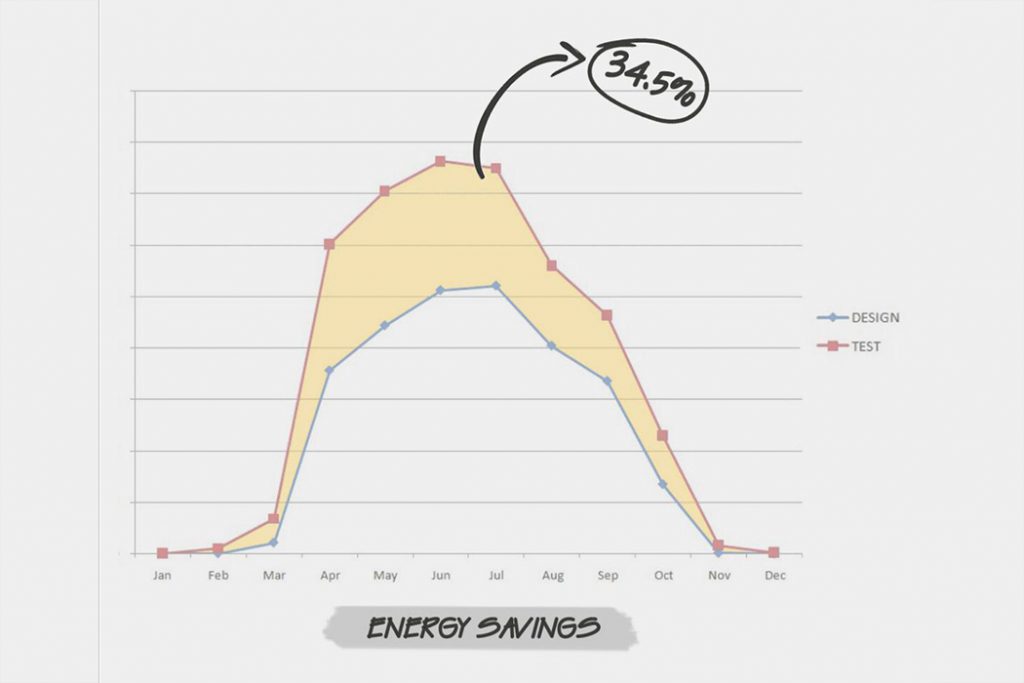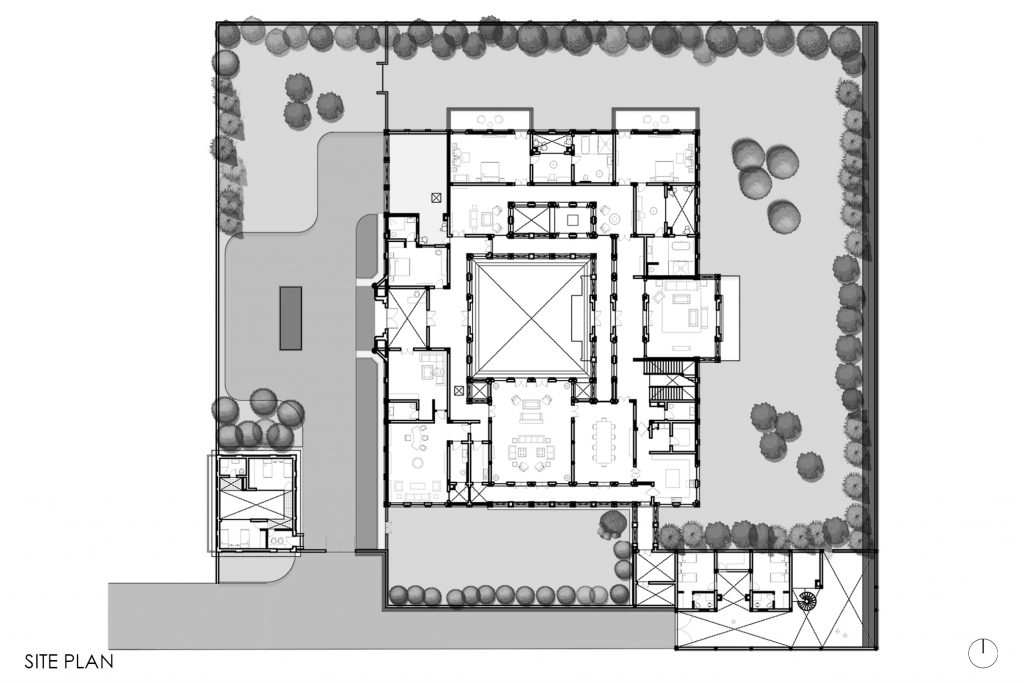AANGAN HAVELI ,PUNJAB
The architectural design of the house attempts an interactive interface with the external environment to achieve greater energy efficiency. It is planned and constructed bearing two main concepts in mind- first being the traditional inward- looking Havelli plan and second being the climatic factor.
The existence of the ‘Purdah’ system in Rajput families and the prevalent customs of Shekhawati resulted in an introverted house. The courtyard was planned keeping the system of separation of men and women folk of the family in mind. As a result, the architectural style of Haveli evolved around the courtyards to ensure the privacy of the womenfolk and protection from long and harsh summers. The internal courtyard with high building mass all around, leads to induced ventilation, lowering of temperatures by convective cooling and natural lighting. In winters, theses courtyards serve as the center of activities while in summers, the semi-open spaces and enclosed rooms are used more during the daytime.
Located in Talwandi Sabo, 28 km Southeast of Bhatinda (Punjab), the city experiences longer summer spells; May to September and shorter winters; December to February, the moderate weather is in October, November, March and April.
Introverted space organization results in clear distinction between private family life and public social life. The building adopts the compact rectangular form and comprises of two levels wrapped around a central courtyard. The building layout is based on a planning grid of 7’ X 7’ to permit a high degree of flexibility in layouts. Keeping in mind the solar orientation, the building block is oriented on south-west axis. The service spaces are placed at separate location from the main living spaces. The building fabric is designed to minimize the air conditioning load.
The external façade is treated with cavity insulated walls with large windows for cross ventilation and daylight. The proportions of the openings have influenced the surface articulation and architectural detailing of the façade, which are in the harmonious relationship between the space inside and its surroundings, which in every way speaks of the social and climatic considerations that were kept in mind while planning. The arches in the design are both for structural and decorative purposes, which are supported by the typical Hindu style circular columns.








